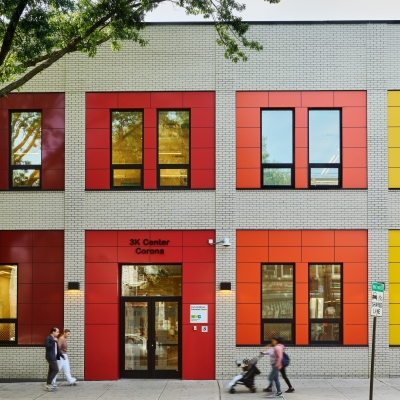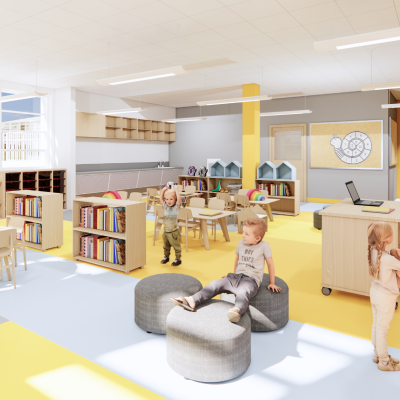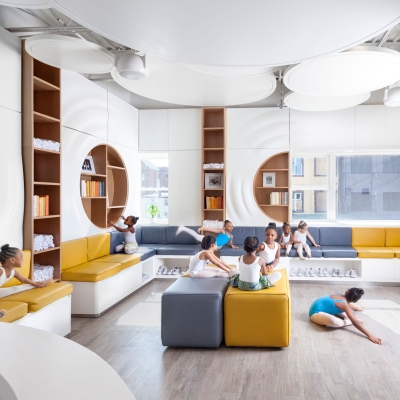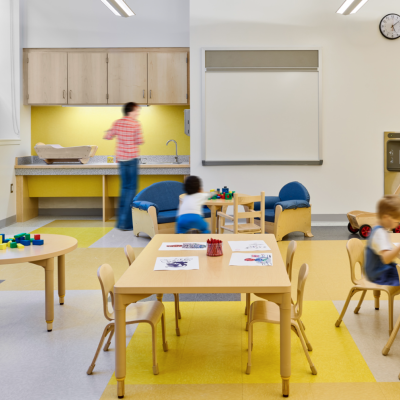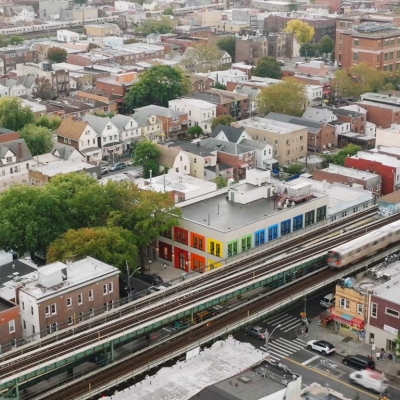Part 4 The ROI of Healthy Sustainable Schools - Staff Performance
2025.07.22
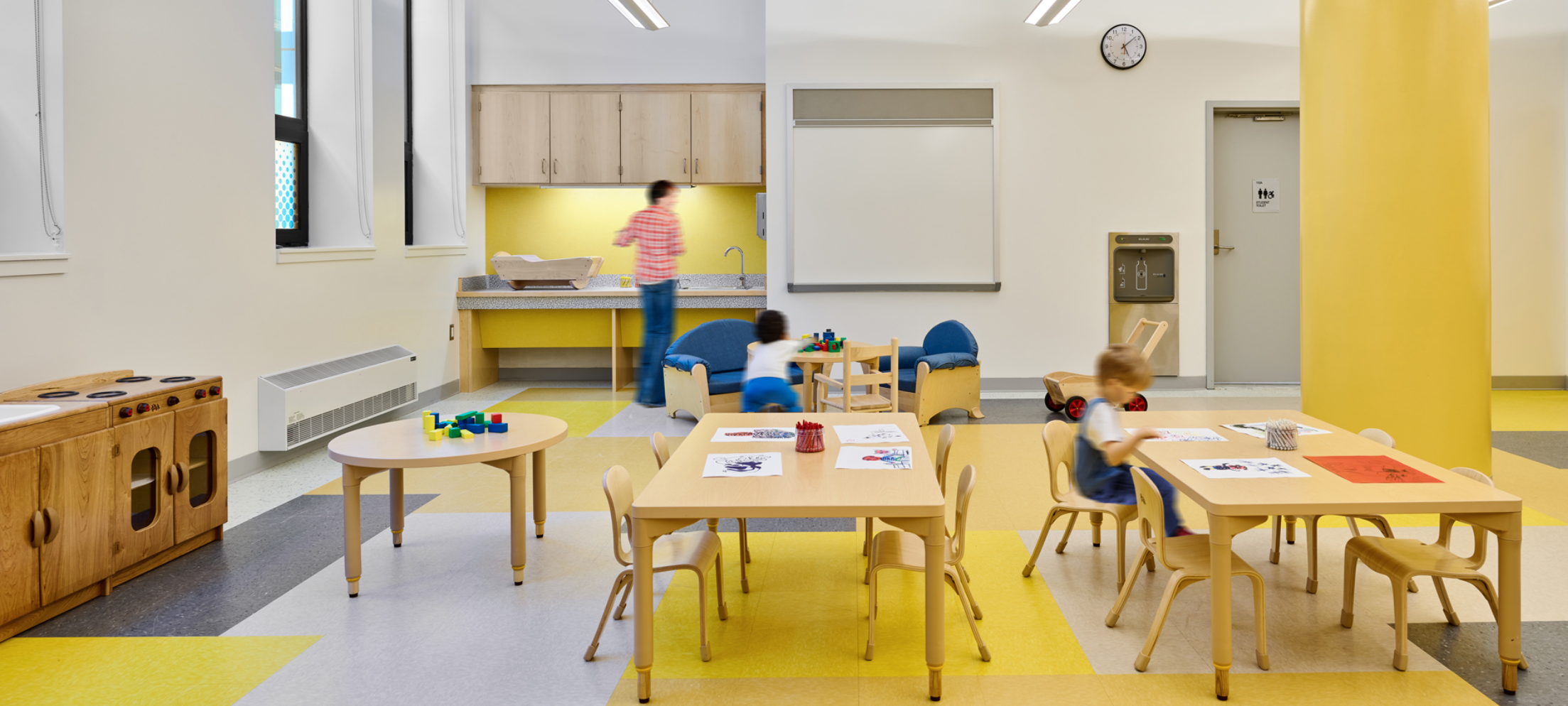
As burnout increases and dissatisfaction with teaching environments grows, there is a clear need to rethink schools not only as places for students to learn, but also as professional settings for educators. A well-designed school can have a powerful impact on teacher performance, well-being, and long-term retention.
Flexibility as a Foundation
Teachers take on many roles—educator, mentor, tech support, classroom leader. Their environments should be just as adaptable. Modular furniture, movable storage, and integrated technology help educators shift between teaching styles, group sizes, and lesson formats. These tools support dynamic instruction while giving teachers the ability to respond to the needs of their students.
As learning environments evolve, it is essential to consider factors that influence both students and staff. Light levels, air quality, acoustics, and visual distractions all affect a person's ability to focus and feel calm. Giving teachers control over their classroom setup helps them shape spaces that support their goals and teaching methods.

Rethinking Schools as Workplaces
Too often, schools lack comfortable, functional workspaces for teachers outside their classrooms. Drawing from corporate workplace design, a space with an emphasis on ergonomics, professional zones, and collaborative environments can greatly enhance the teacher experience.
Well-Being by Design
Burnout is not just emotional — it is also physical. Environments that reduce strain and promote calm can ease the demands of the job. Lounge areas and planning rooms that feature natural materials, soft lighting, and restorative color palettes create moments of relief during the school day. Comfortable seating, access to daylight, and views of nature all support emotional and mental clarity.
Some schools are now offering quiet rooms where teachers can reflect, decompress, or simply take a breath. These small touches help staff return to the classroom with greater focus and resilience.
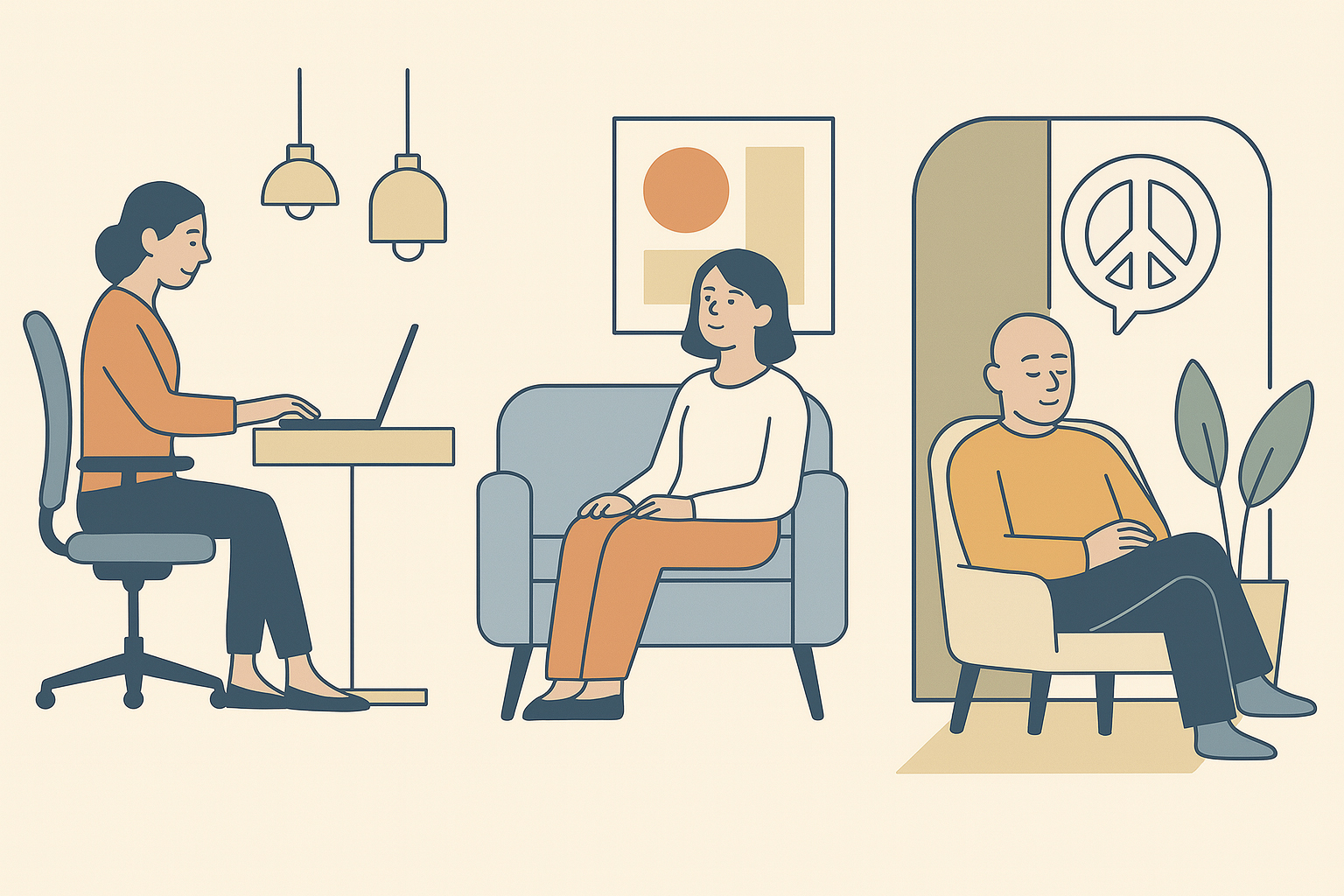
Personalized Learning Plans and Adaptive Tools
Research shows that personalized learning tools help educators deliver more effective instruction. Adaptive platforms allow teachers to tailor content and pacing to each student, leading to stronger outcomes and deeper teacher student connections. Design that supports this kind of agility — including flexible layouts and supportive tech infrastructure — amplifies their effectiveness.

Design That Empowers Educators
Designing for teacher performance is not just about adding nicer furniture or installing smart boards. It is also about rethinking schools as ecosystems where teachers feel supported, empowered, and inspired to do their best work. When educators have more control over their spaces, access to wellness resources, and work environments that adapt to their needs, the entire school community benefits.
When we design for teachers, we design for success.
In our next post, we will explore how physical environments influence student attendance and how thoughtful design can help reduce absenteeism.



